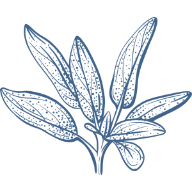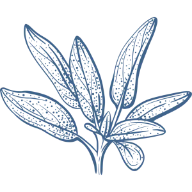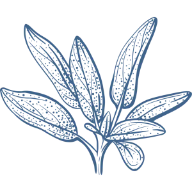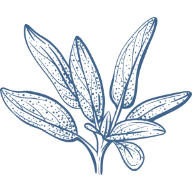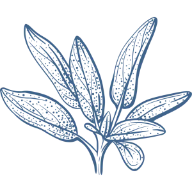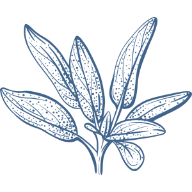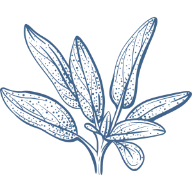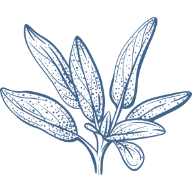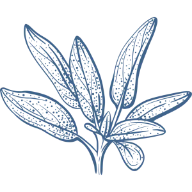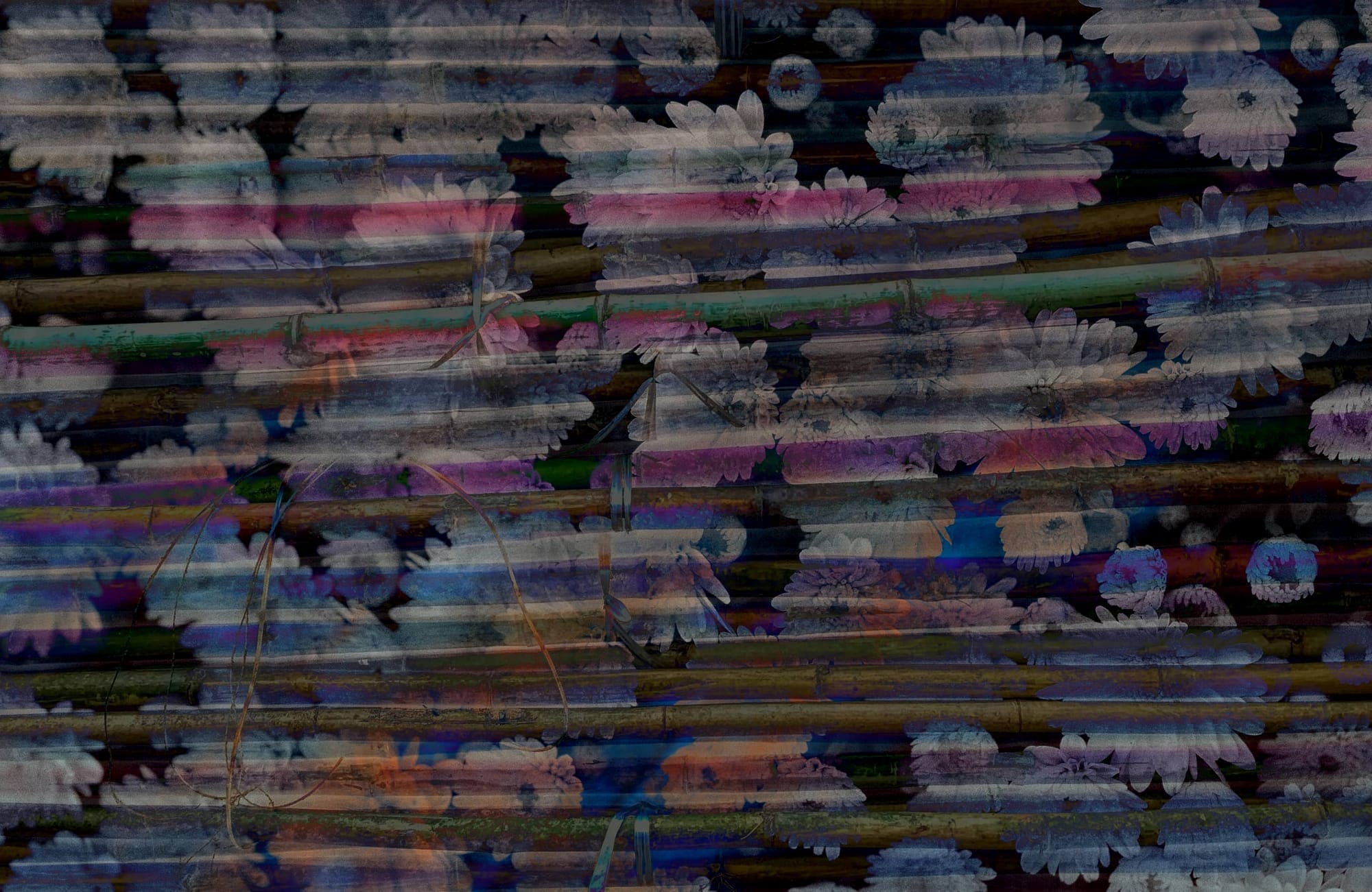The eight animal postures are probably the oldest martial arts poses on this planet... Inspired by the movements and characteristics of India's jungle animals, these postures enhance agility, strength, and a deep connection to nature. Kalaripayattu starts with simple foundational movements that activate your strength and grace. The elephant's power, the snake’s fluidity, the lion's focus and so on .... each posture becomes a mirror, challenging you to discover untapped resilience and harmony. A dialogue between body and spirit.
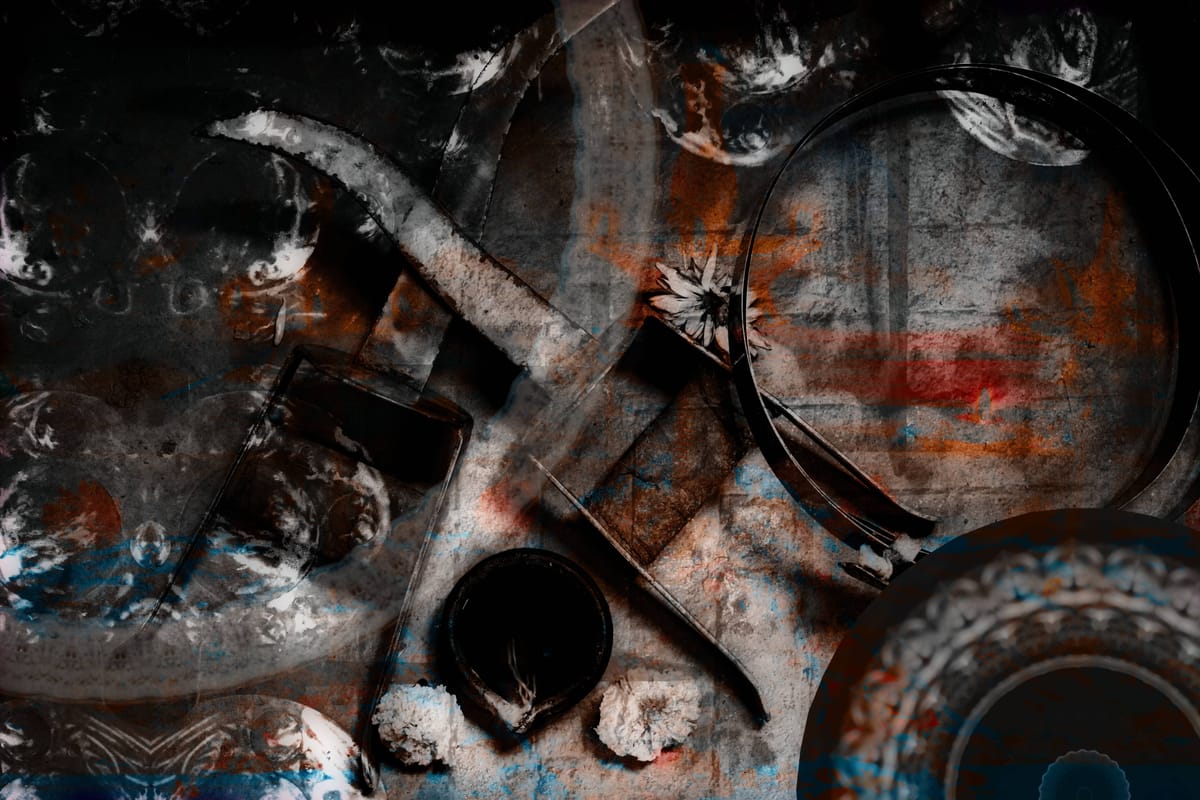
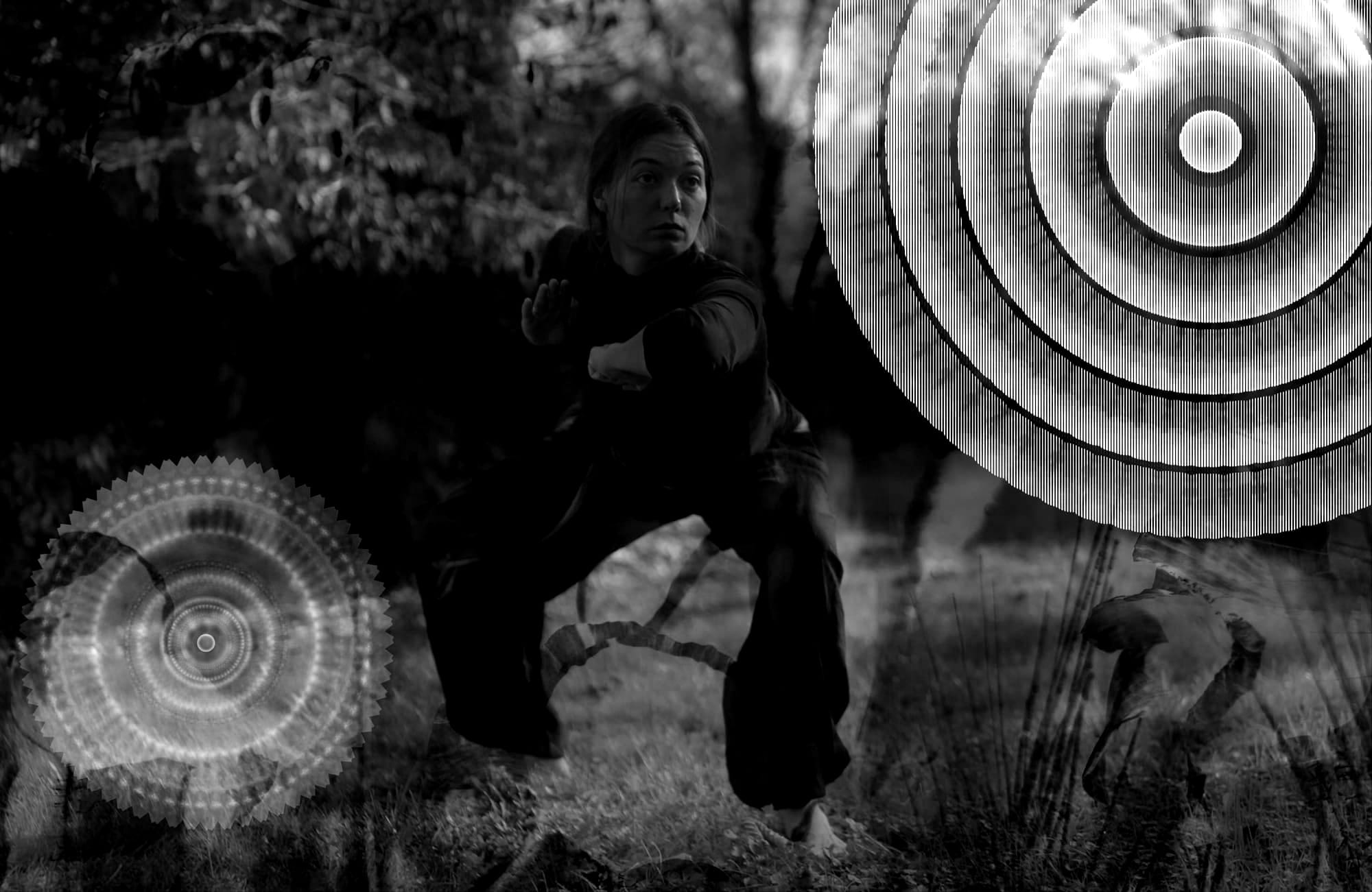
Wild Boar
Varaha
The wild boar stance is dynamic and fluid, mimicking the wave-like motion of a wild boar. When attacking, we thrust forward with precision, targeting vital points.
The low stance provides stability and strength, while the aggressive forward motion simulates sudden charges. The boar's powerful headbutts inspire forceful strikes aimed at breaking defenses. Resilience is key; like the boar's thick skin, we train to withstand blows and stay tough.

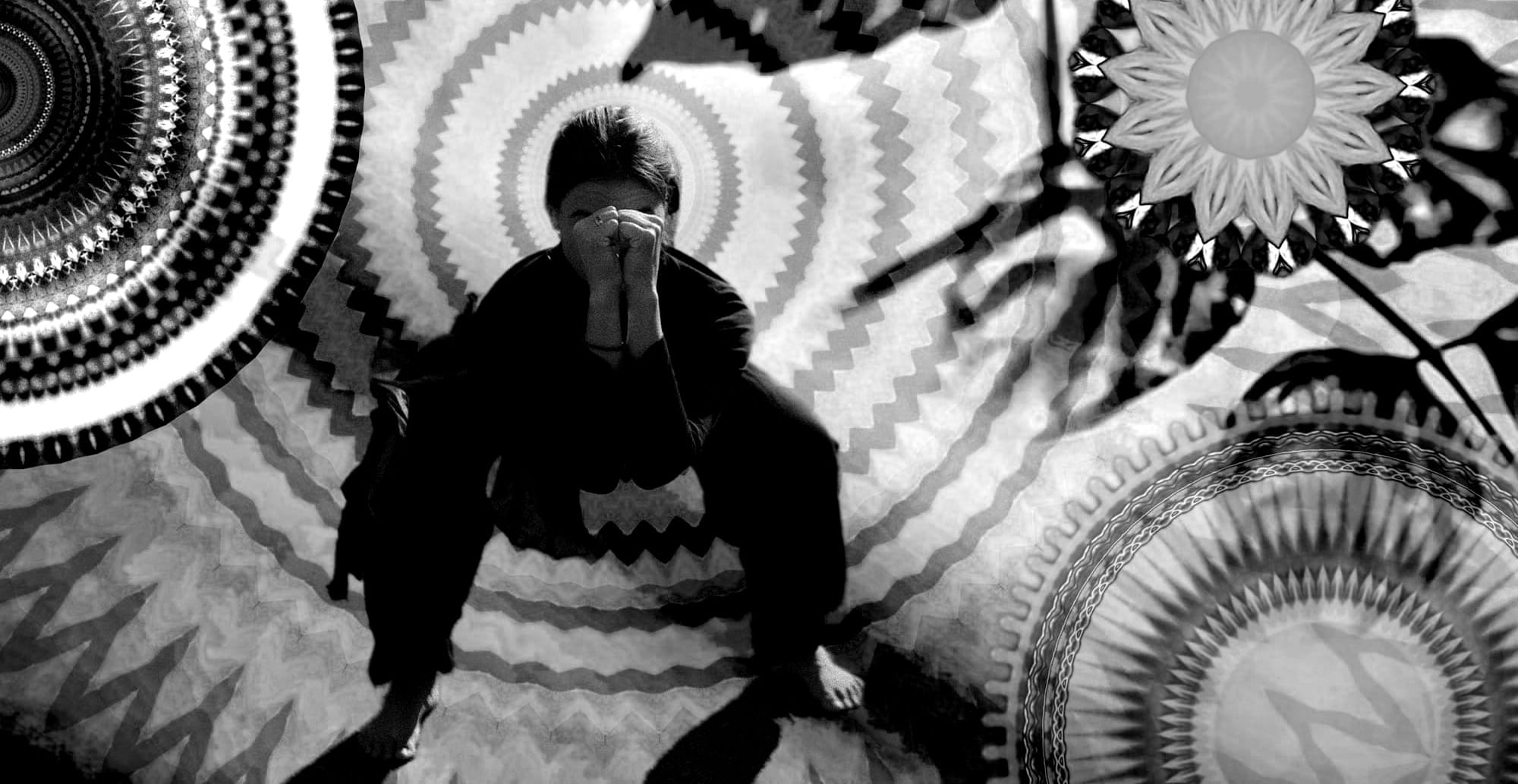
Elephant
Gaja
The elephant stance in Kalaripayattu embodies sturdiness and strength. This grounded posture reflects the immense power and stability of an elephant. This stance roots the body with such solidity that it becomes immovable, much like an elephant standing its ground. The elephant stance emphasises both physical strength and inner resilience, providing a foundation that can withstand powerful forces in combat. We develop a strong body and mind capable of enduring physical and mental pressures, using firm, powerful stances and overwhelming force to dominate opponents.

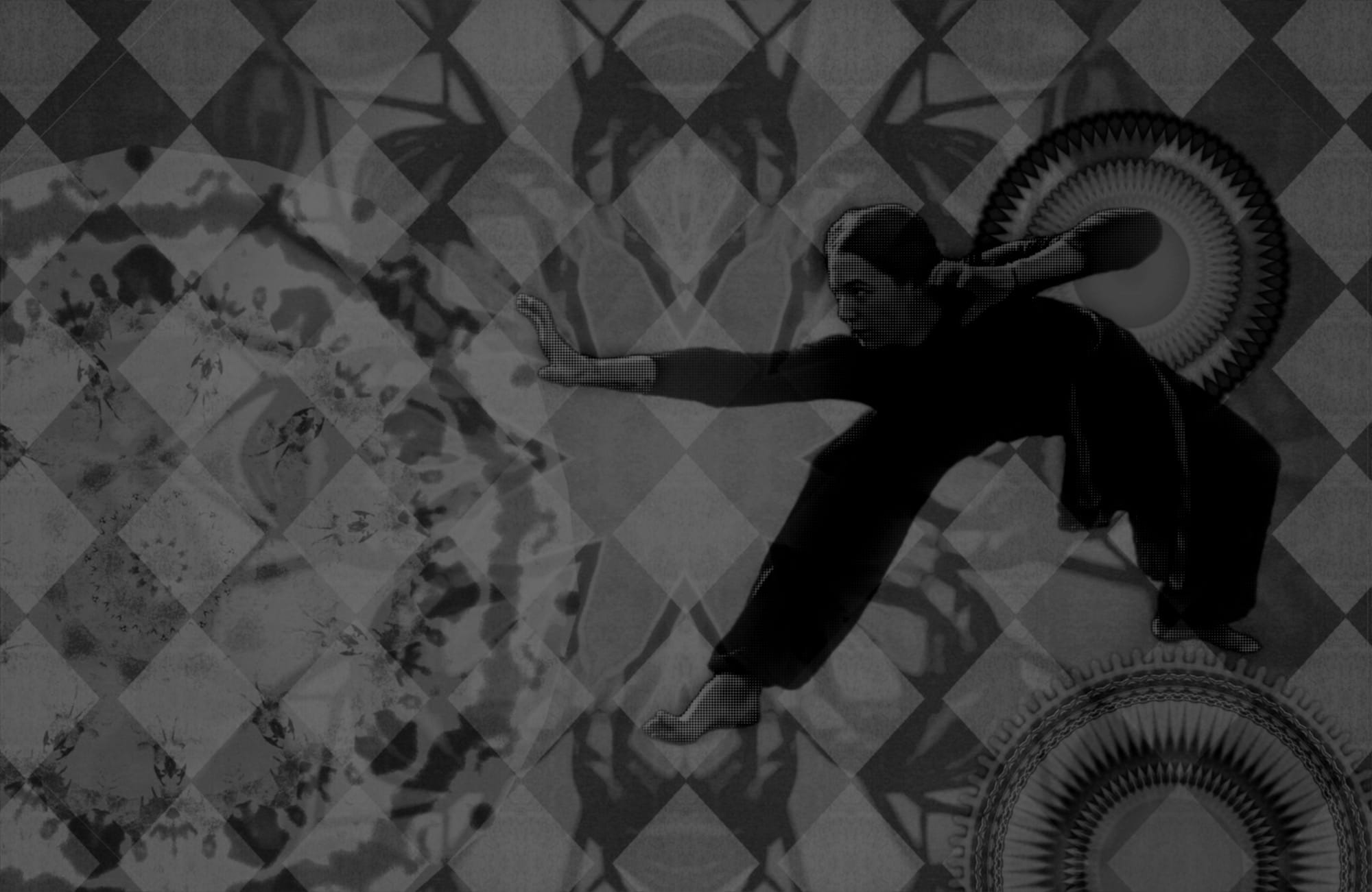
Cat
Marjara
The cat stance in Kalaripayattu embodies agility and precision. This light, balanced posture allows usto move with grace and stealth, mimicking a cat's fluidity. Emphasising quick, controlled movements and breath control, the stance enables swift, silent reactions and precise strikes. By emulating the cat, we develop agility, precision, and a calm, responsive approach in combat.

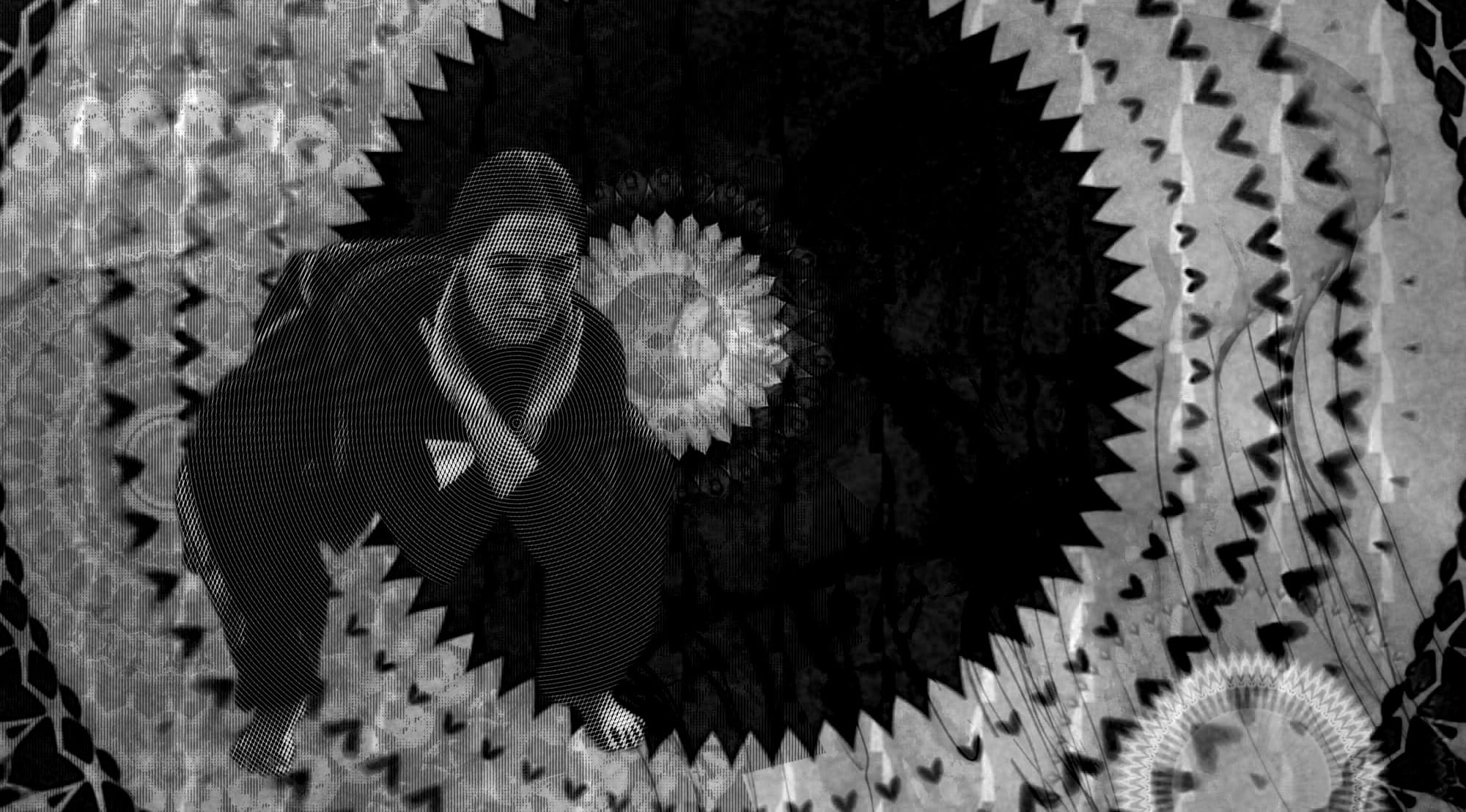
Lion
Simha
The lion stance in stands for power and regality and its regal and ferocious nature inspires movements that convey dominance and readiness for devastating attacks. Breath control channels the lion's fierce energy, maintaining a poised yet powerful presence. By emulating the lion, we develop strength, resilience, and a commanding presence in combat.
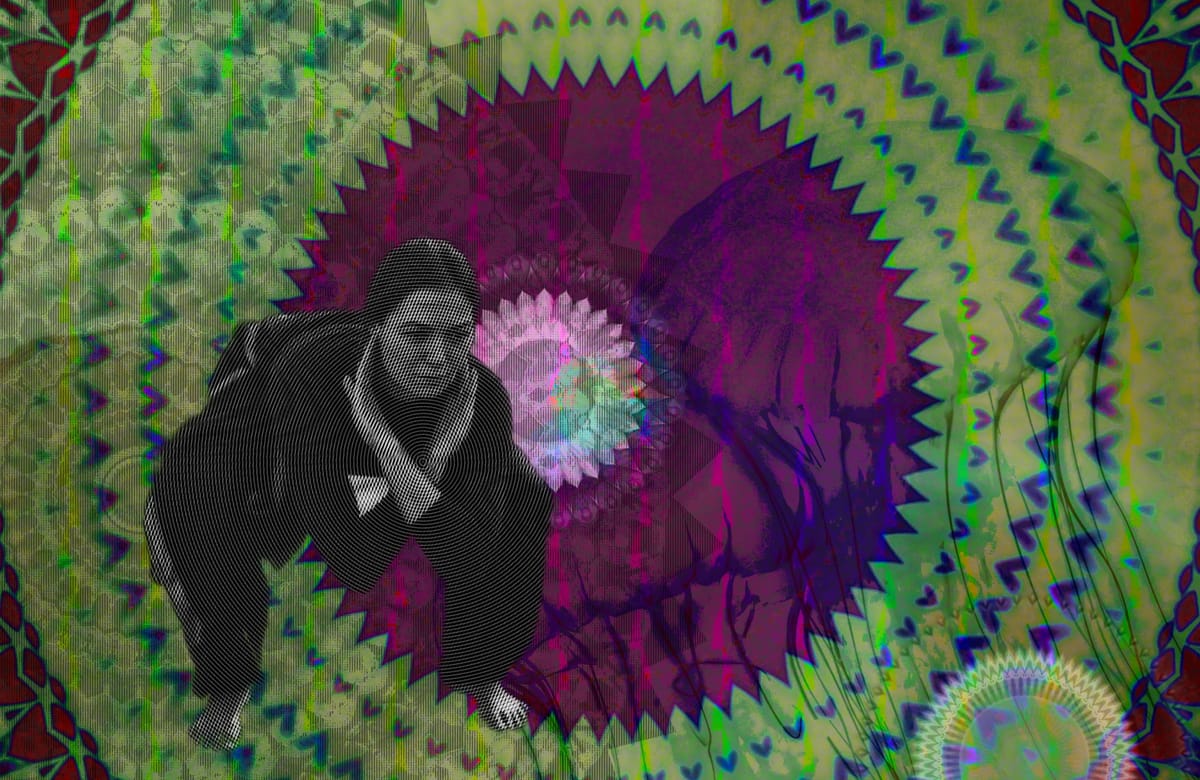
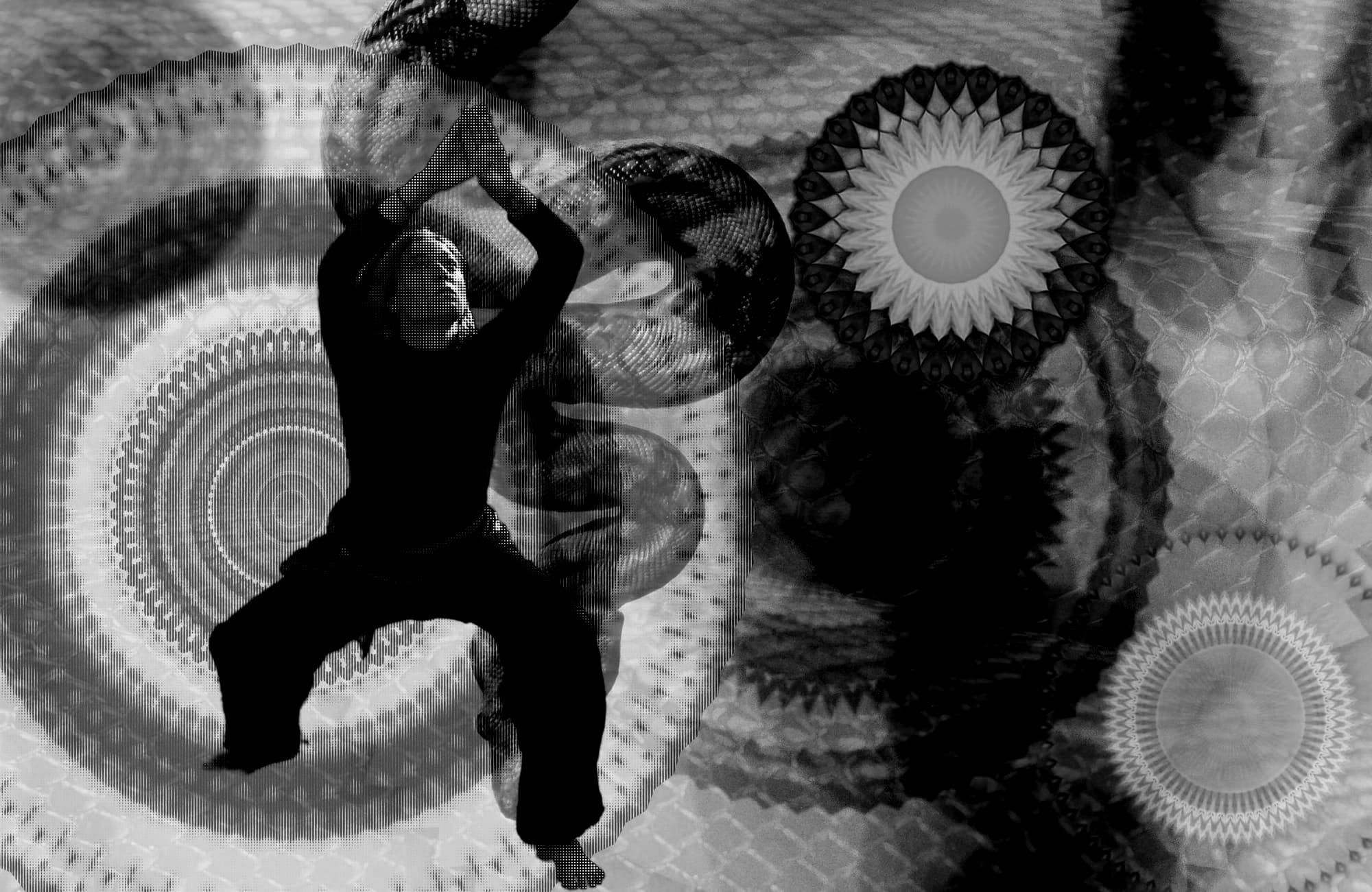
Snake
Sarpa
The snake stance embodies the essence of agility and precision. It is a fluid and adaptable stance, reflecting a snake's flexibility and striking capability. We move with subtle, swift motions from a low, grounded position, ready to strike in any direction. Breath control is crucial for maintaining focus and a poised presence. By emulating the snake, we develop agility, adaptability, and a stealthy, decisive approach in combat.
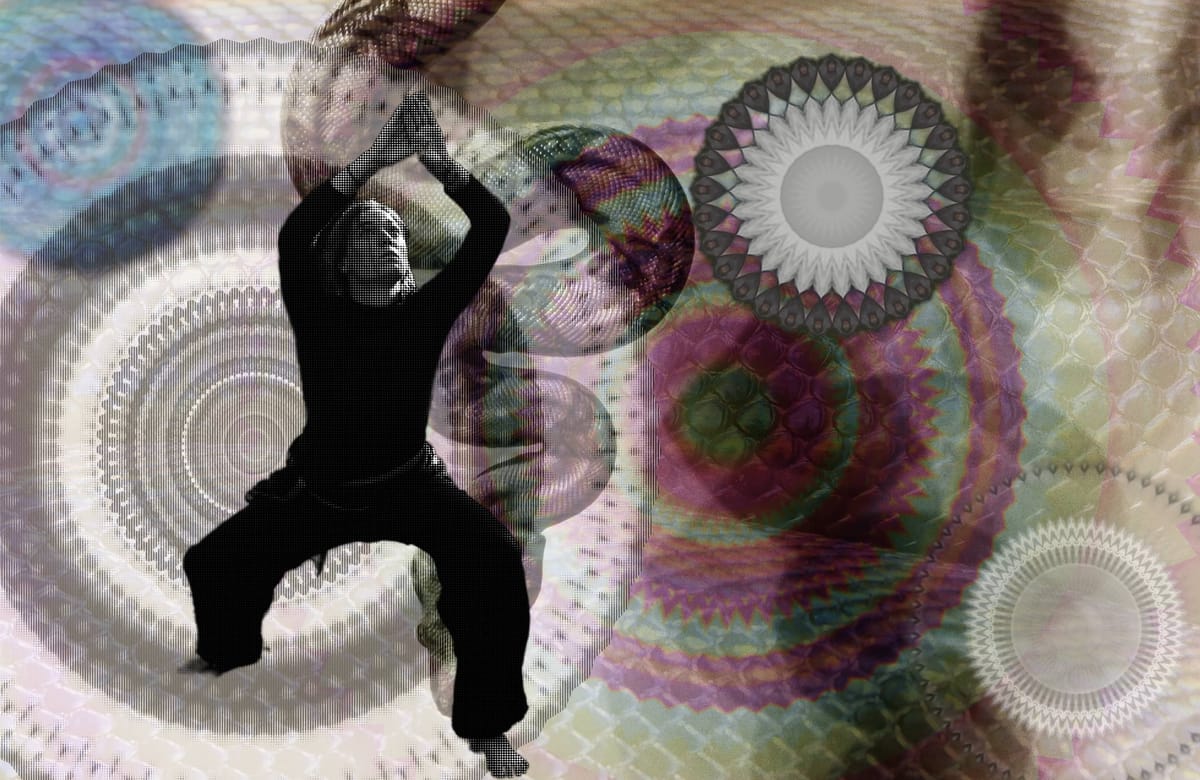
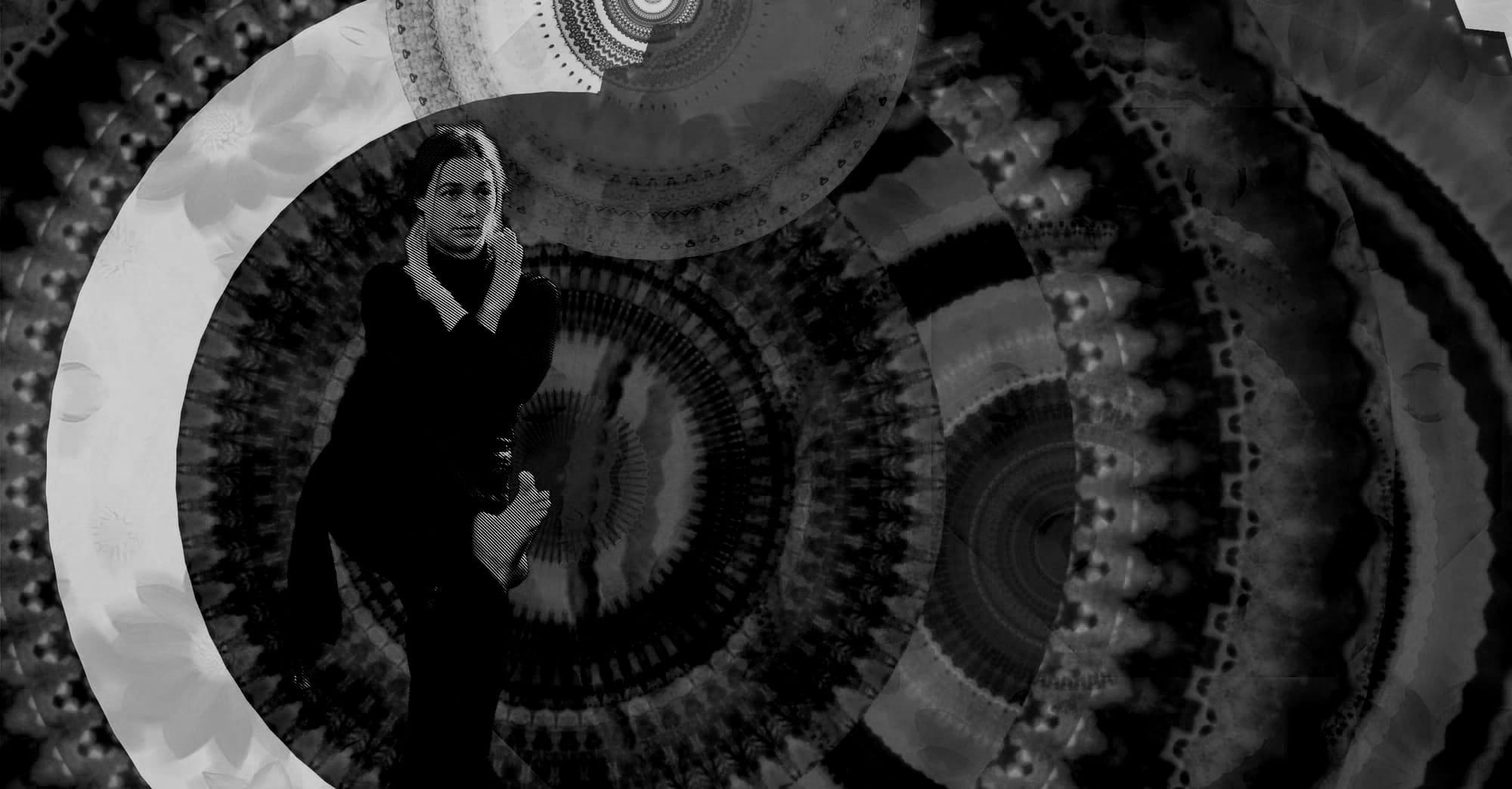
Rooster
Kukkuda
The rooster stance in Kalaripayattu embodies focus and versatility. Practitioners use total body coordination and intense concentration to strike from a balanced, alert position. Breath control maintains focus and energy. This stance emphasizes physical versatility and mental sharpness, enabling coordinated, precise attacks. By emulating the rooster, practitioners harness their full range of physical capabilities in combat.
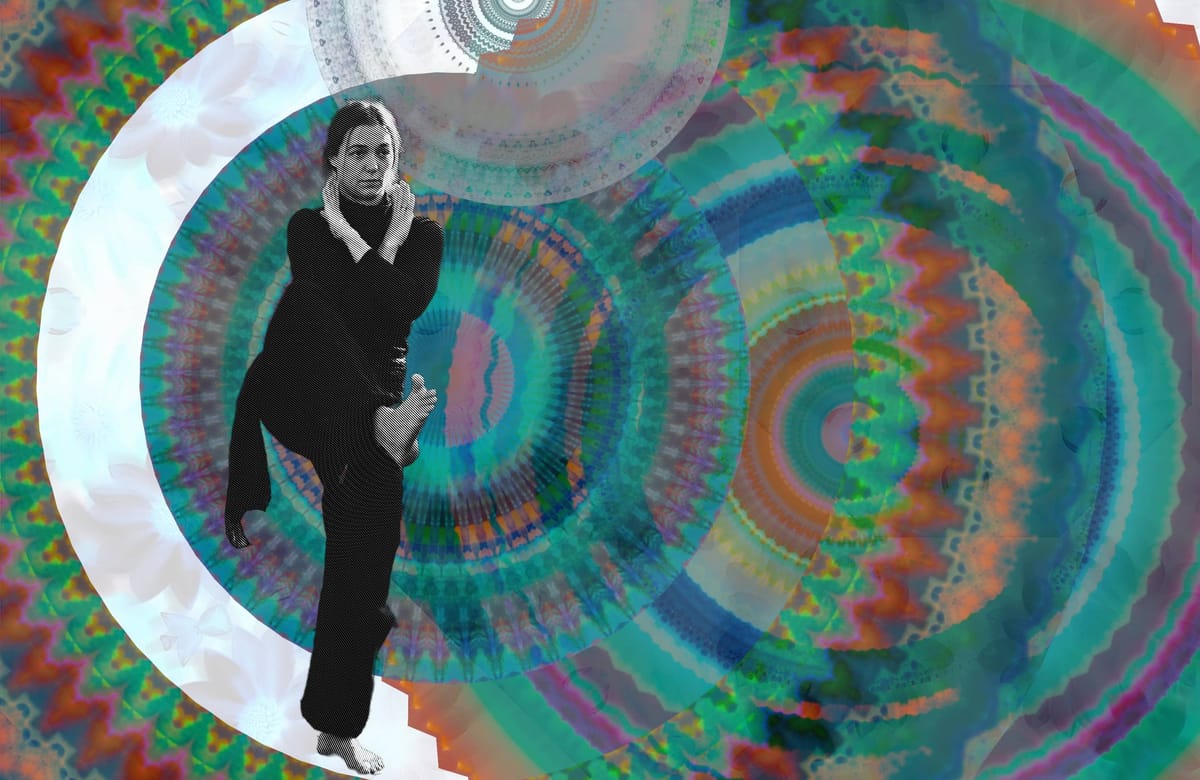
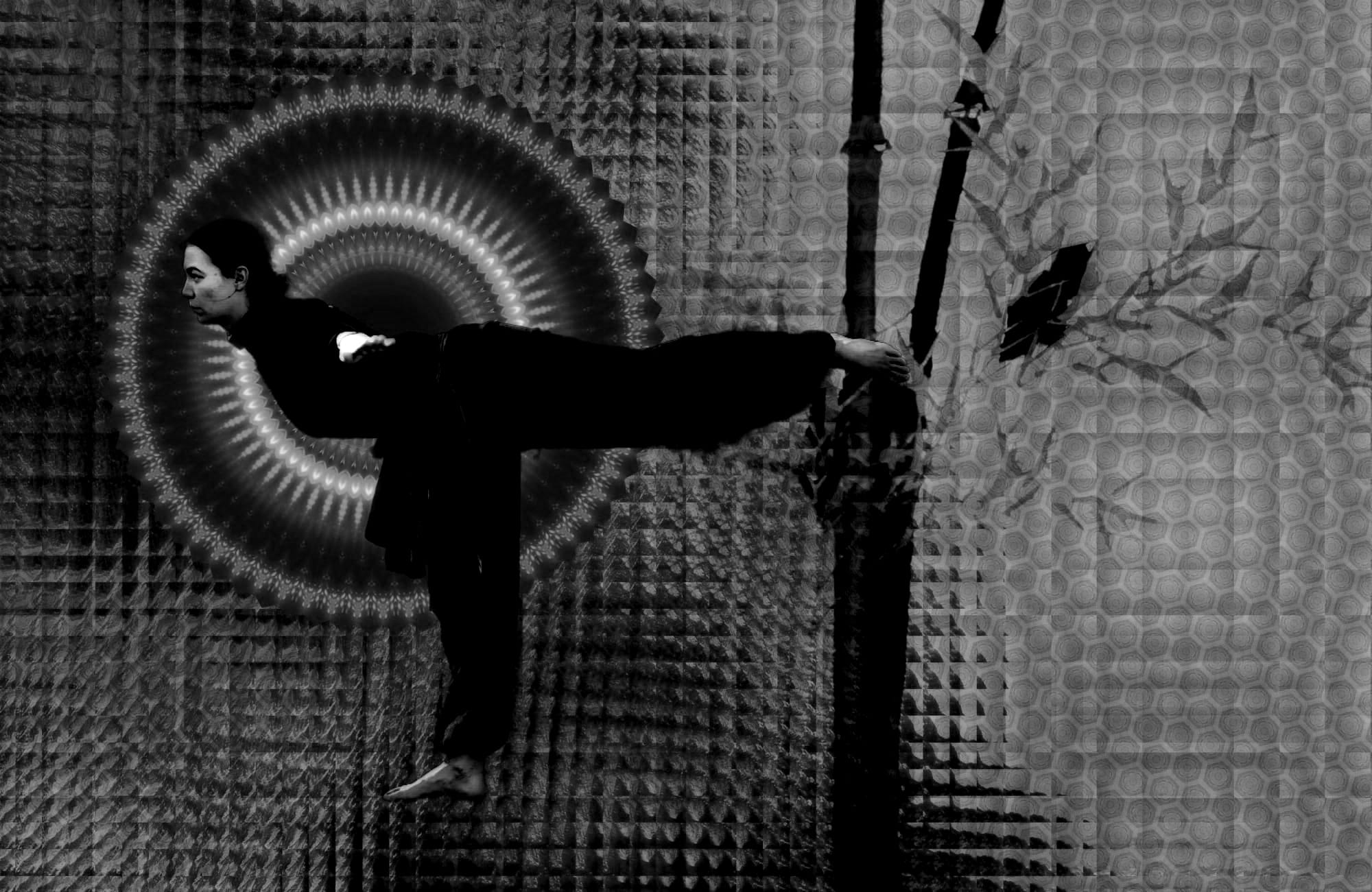
Peacock
Mayura
The peacock stance in is for developing grace and dynamic movement. We cultivate balance and fluidity, performing high, sweeping movements like a peacock spreading its plumage. This stance emphasises both elegance and power, with breath control maintaining fluidity and balance for expansive attacks. By emulating the peacock, we enhance our ability to execute graceful, powerful, and expressive combat techniques
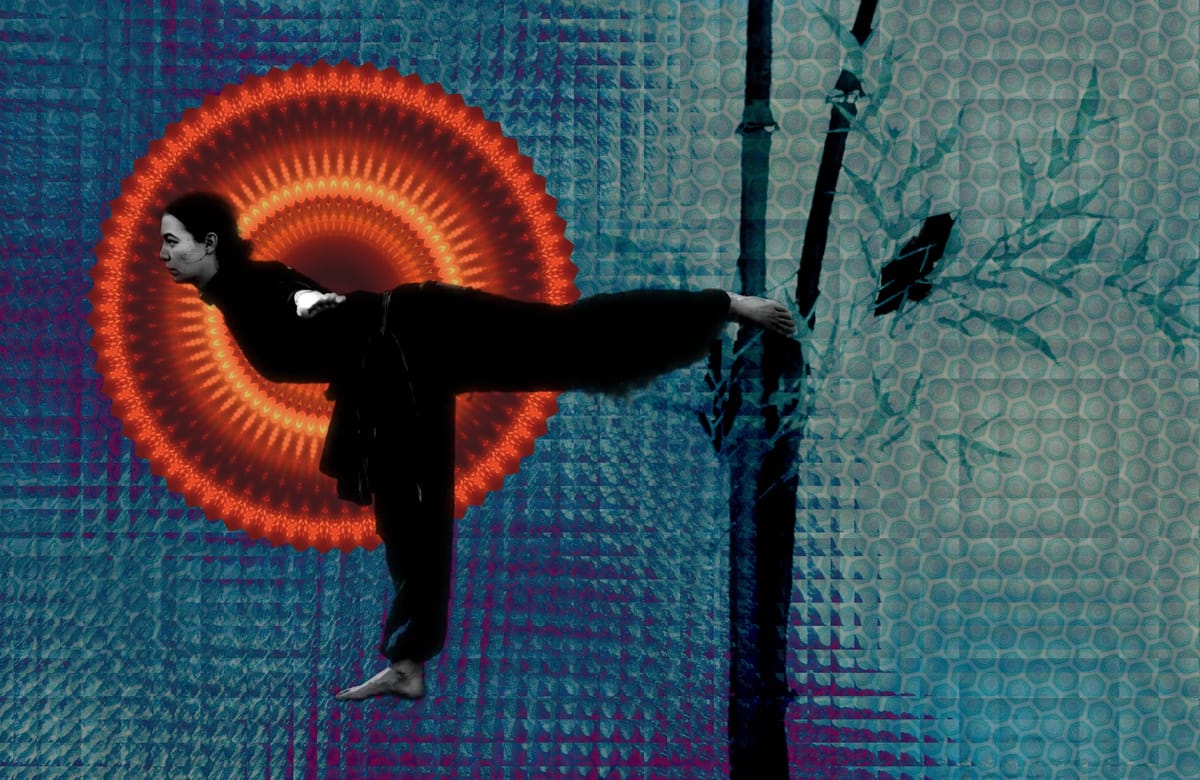

Horse
Aswa
The horse stance embodies strength and dynamic power. We develop stability and explosive energy, executing forceful actions. This stance harnesses central strength, like a horse preparing for a leap and bursting forward. Breath control channels energy, maintaining a robust presence. By emulating the horse, we deliver powerful, forward-moving strikes with precision and force.
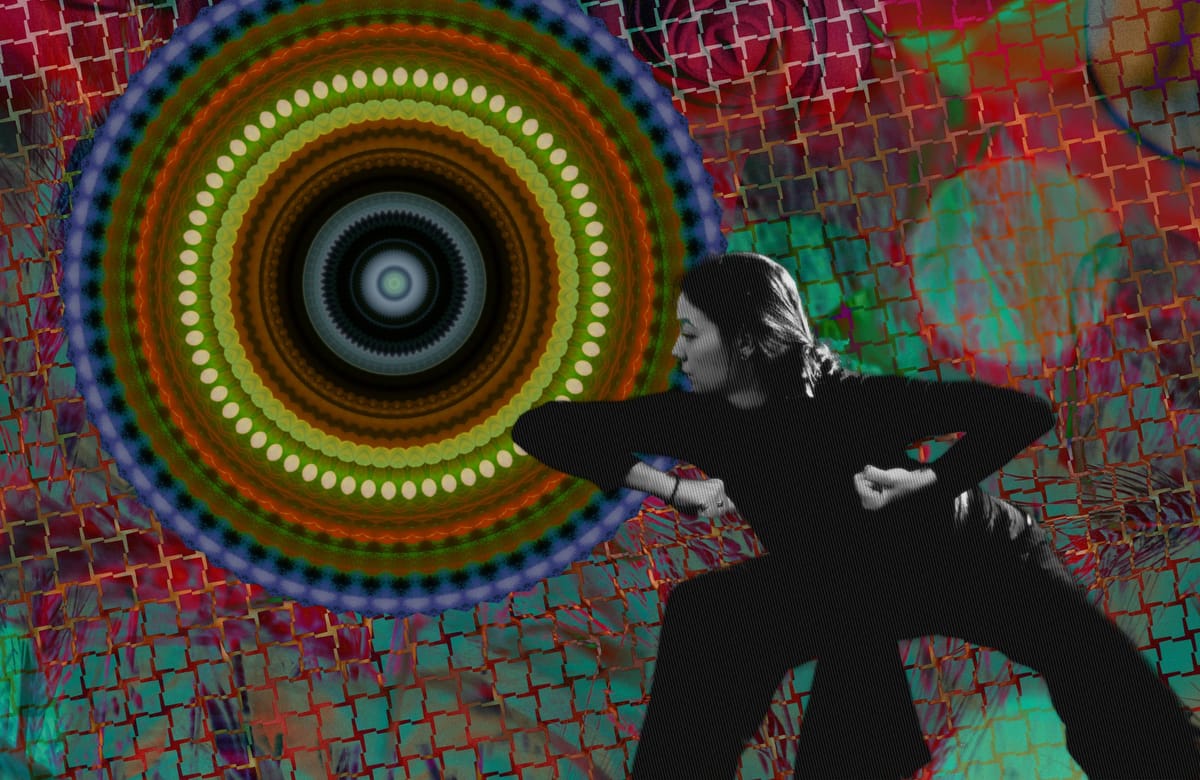
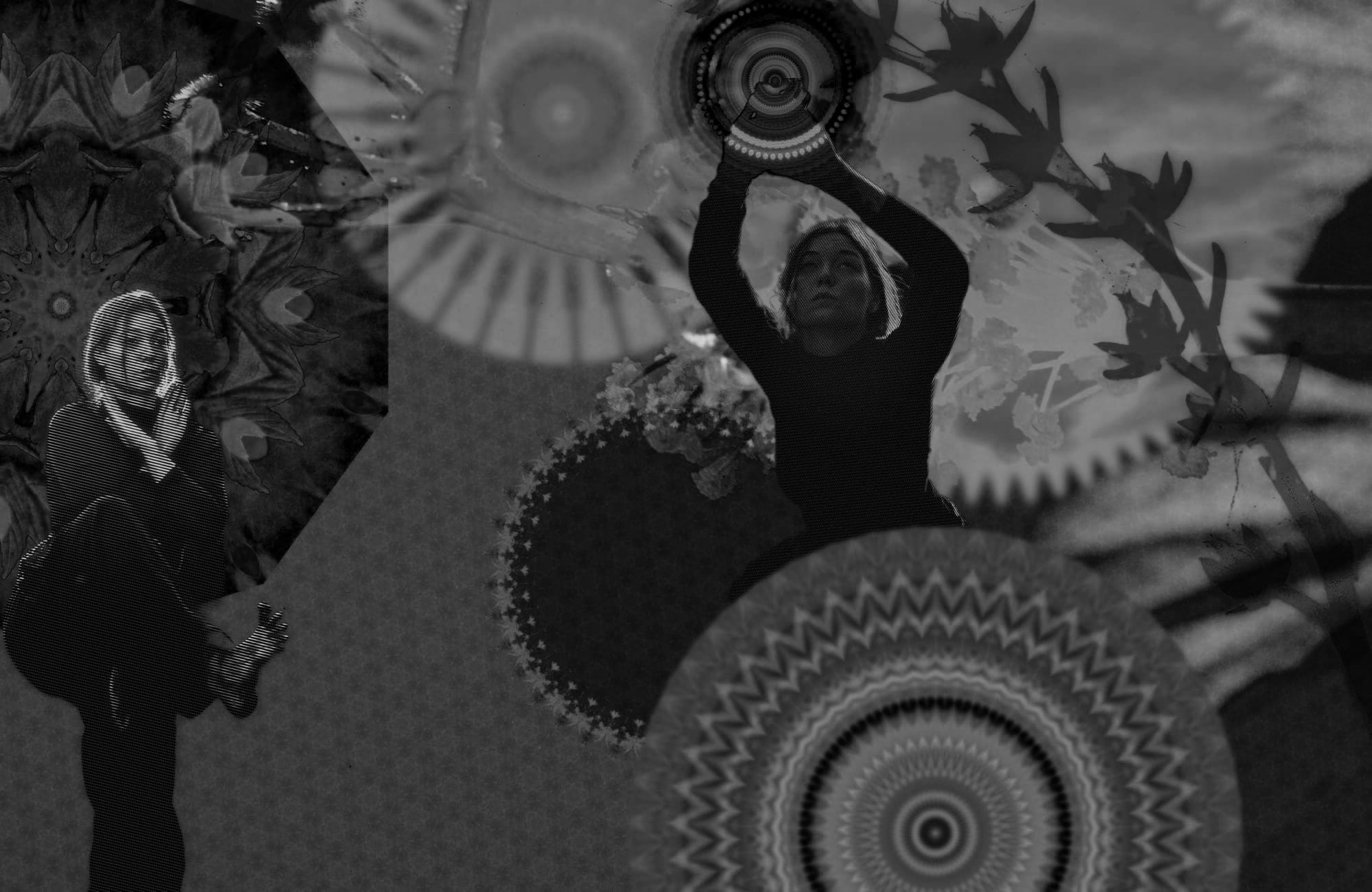
The Eight Animal Poses
Ashta Vadivu
Where Eight Beasts Become One Flow, in the Ashta Vadivu — Kalaripayattu’s eight animal postures — are not isolated stances, but part of a short and simple training sequence that you should be able to perform after going through each individual class. Focus on a single body holding eight spirits, each amplifying the other. Not a collection of poses, but a conversation between them ...




